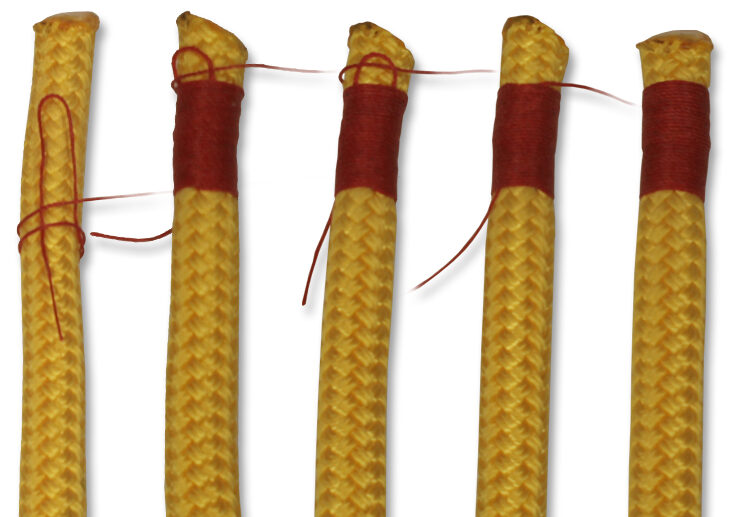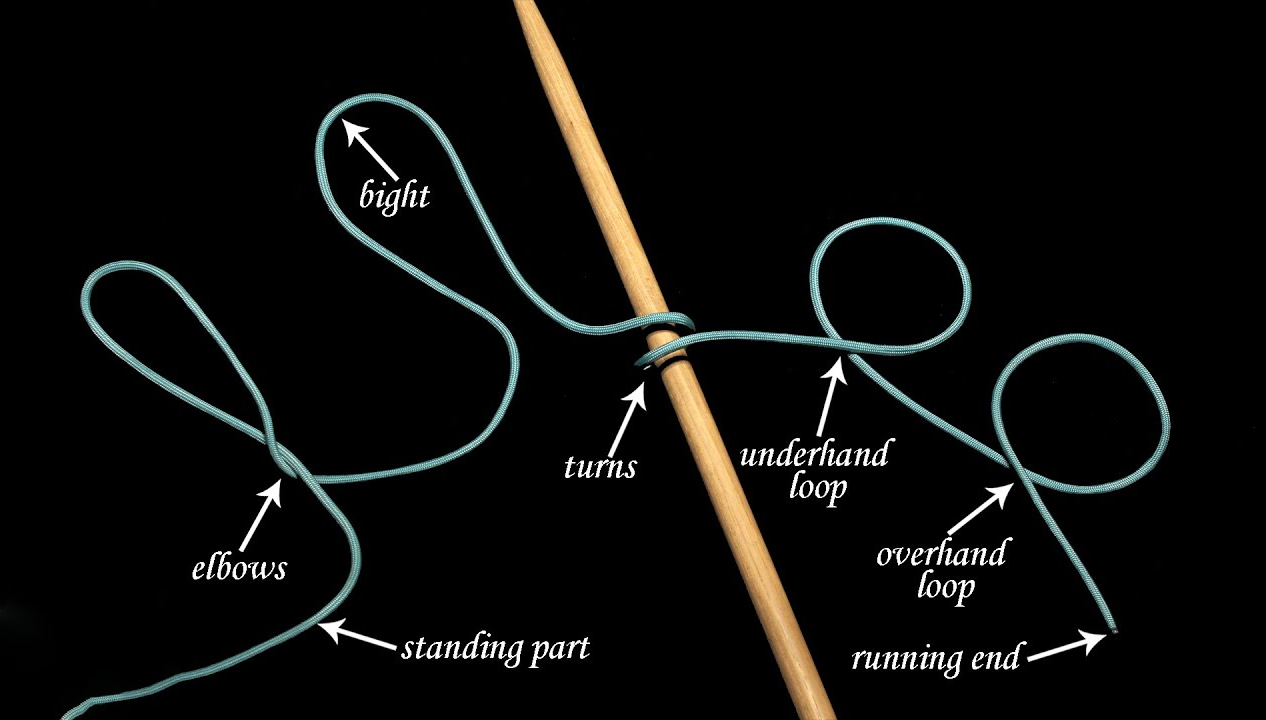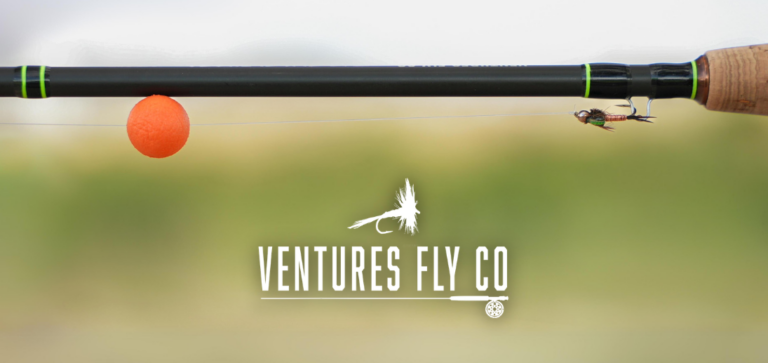We are often trying to learn new knots for fishing, boating or just around the home. Here is a short list of some knot terminology used at times when describing knotting or rope parts in general. One term we often come across for instance is the “standing end”. Now you will definitely know what a standing end is – if you didn’t already.
Bend
Joins two ropes or fishing lines., e.g., Sheet Bend, Anchor Bend, Alpine Butterfly Bend, Figure 8 Bend, Ashley Bend, Hunter’s Bend, Zeppelin Bend.







Bight
Made by folding a piece of rope so that the two parts lie alongside each other. When tied near the rope’s end, the parts will be the Tail lying beside the Standing End. A bight can be used to finish many knots – making them easy to untie by just pulling the tail. The term “Bight” does not imply a “Loop” and does not mean the same.
Bitter End

Derived from the “Bitts” – the stout metal posts used for attaching mooring ropes – it is applied to the tail end of a mooring line.
Side note: The phrase “To the bitter end“, meaning “to the limit of one’s efforts – to the last extremity”, is believed to derive from this.
Breaking Strain
The theoretical strength of a rope – derived by averaging many tests of a rope tested under optimal conditions, i.e., when stretched slowly while wound many times round a smooth, large diameter drum. The theoretical breaking strain is rarely (if ever) achieved in practice despite claims made by enthusiastic knot proponents.
Dressing a Knot
Arranging the components of the knot to optimise security and/or strength.
Flake
To lay a rope out neatly on the deck ready for easy use.
Hitch
Attaches a rope to something, e.g., a Hitching Post, dock pole, mooring buoy, anchor, or cleat. Such knots include the Buntline Hitch, Icicle Hitch, Distel Hitch, Rolling Hitch and Cleat Hitch





Kernmantle
A type of rope construction with a Kern (interior core) protected by a Mantle (woven exterior sheath) – a design which optimises strength, strength, durability and flexibility. The core fibres provide the tensile strength of the rope, while the sheath protects the core from abrasion during use.


Lay
The direction in which the strands of a rope twist. As the strands progress away from the viewer, if they rotate clockwise like a right hand thread, it is a Right Hand Lay – typically used for most three strand rope. Steel cables are usually laid with a Left Hand Lay – hence the term Cable Laid, which is used when rope has a Left Hand Lay. If you have become accustomed to splicing three stranded rope, splicing a piece of cabled-laid rope feels very awkward.
Loop
Made when a rope forms a partial circle with the ends crossing each other.
Round Turn

Two passes of a rope round an object – to completely encircle it.
Splice

A knot made using the strands of a rope rather than the whole rope – stronger than ordinary knots and intended to be permanent.
Standing End
The long end – the part not knotted. The standing part lies between the standing end and the knot.
Stopper Knot
A knot in the end of a rope – used to prevent fraying or to prevent the end passing through a hole.
Standing End:
The long end – the part not knotted. The standing part lies between the standing end and the knot.
Strands
The major components of a rope – three in a three strand rope. Each “Strand” is made up of many separate fibres.
Tail
The short end – the part getting knotted.
Turn
One pass of the rope round or through an object.
Whipping

A binding knot used to prevent a rope’s end fraying.
The only thing now is learning how to tie various knots. If you don’t have a decent knot book a good website is Grog’s Animated Knots.





